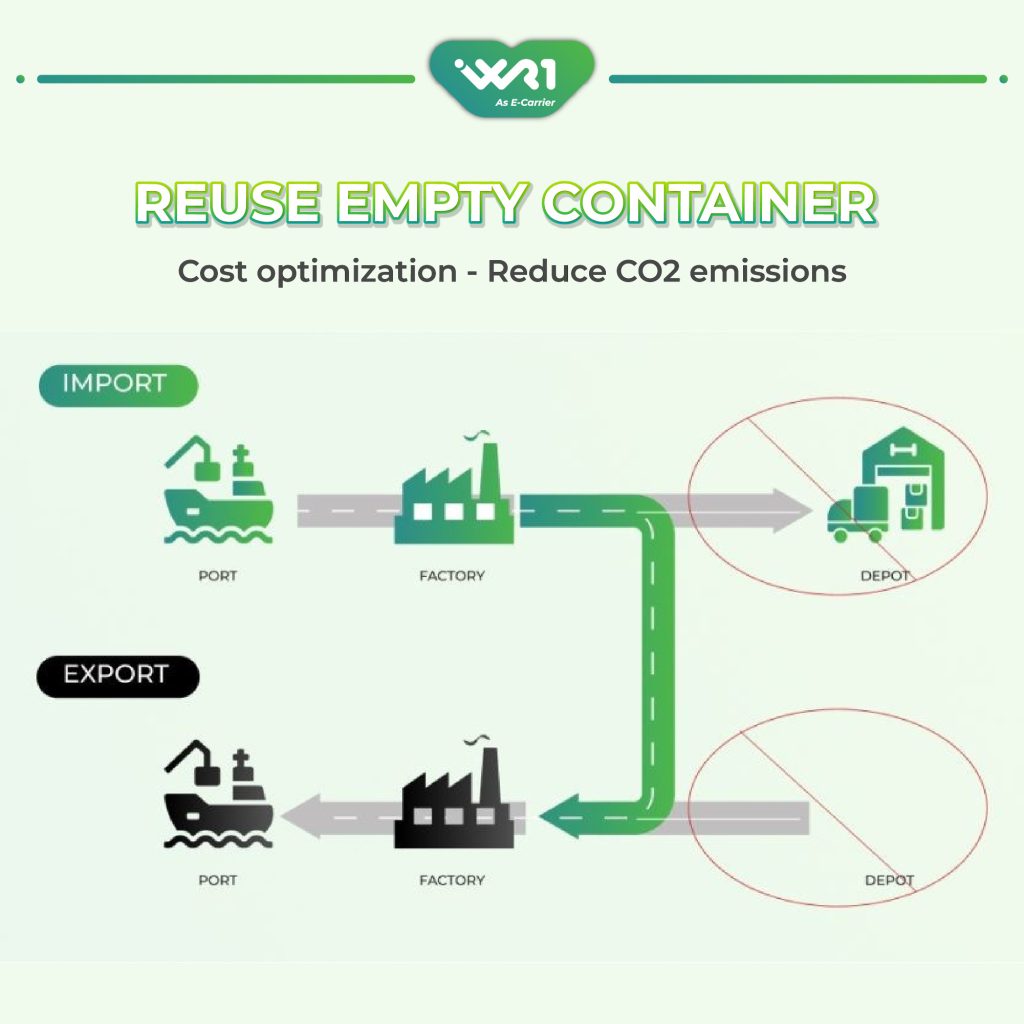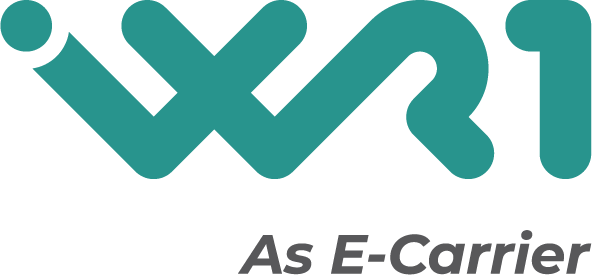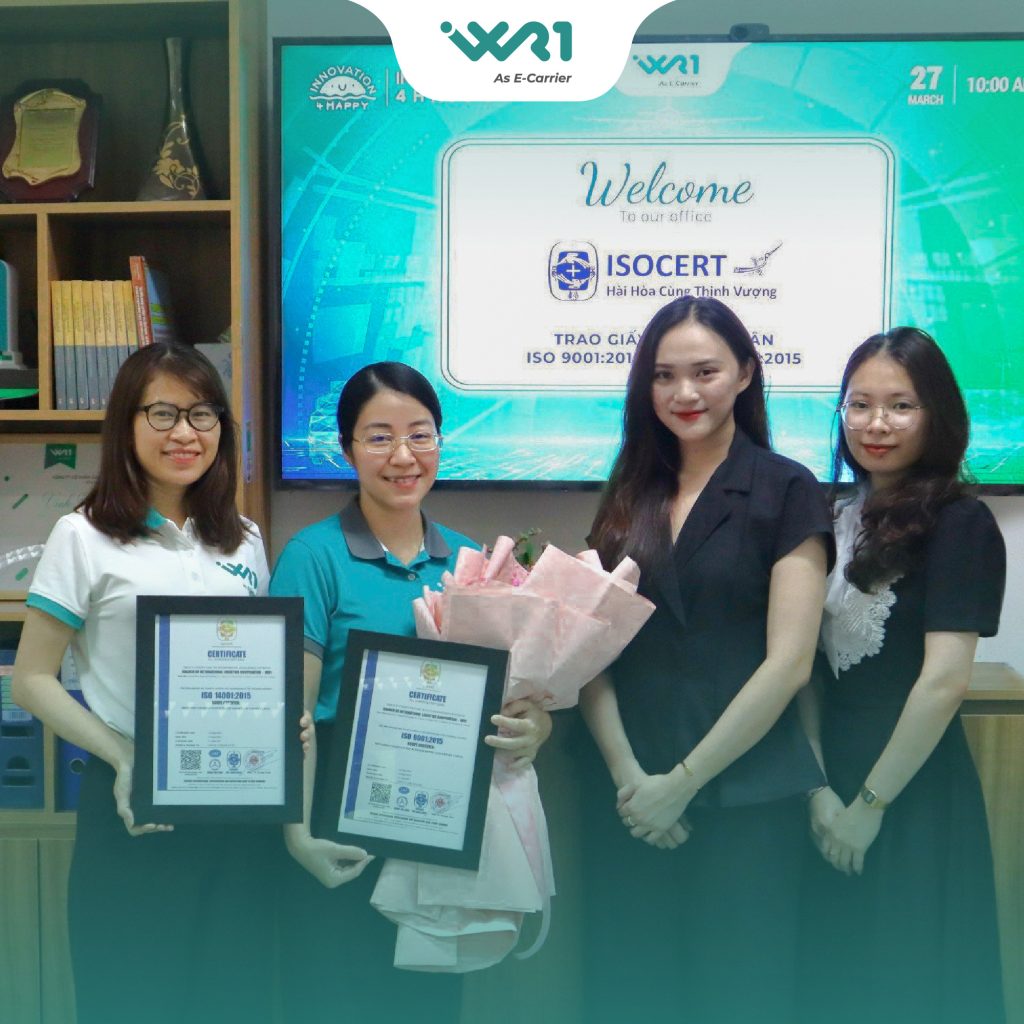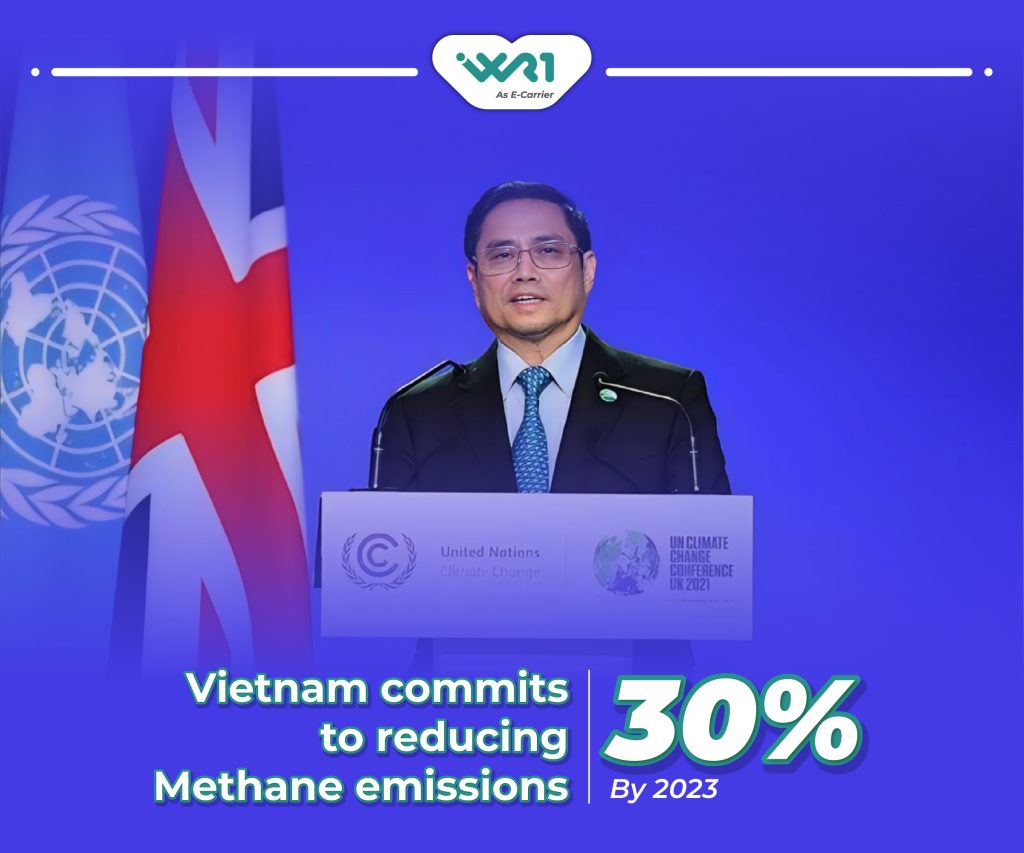The optimal transportation solution of reusing empty containers helps businesses save costs while reducing CO2 emissions by shortening empty container movements, and reducing the number of vehicles on the road. How has WR1 implemented the solution of reusing empty containers? Let’s find out through the following article!

The current situation of transportation
Containers – the backbone of global trade, facilitate the transportation of goods by sea, road, and rail, making it easier. Currently, international shipping costs are rising, international transit times are extending, and delivery contracts with partners are also being affected, hindering the recovery of business production.
The green transformation trend is driving the optimization of transportation to reduce CO2 emissions more than ever before. Besides optimizing vessel capacity alliances and investing in clean energy-powered vessels, shipping companies are also facilitating transporters and cargo owners to reuse empty containers more easily. For transportation entities and cargo owners, reusing empty containers optimizes two-way transportation, cutting transportation costs. Zooming out to the logistics industry, reusing empty containers contributes to improving the overall efficiency of the entire sector.
From a sustainable development perspective, this is also a solution to reduce carbon emissions. For example, if Vietnam’s container transportation volume is around 20 million TEUs, reusing just 5% of empty containers would mean 1 million TEUs of reused containers. Assuming each container travels two ways for 100km, this reuse could cut around 100,000 tons of CO2e per year. Moreover, reusing empty container shells holds significance as domestic fuel prices are rising, prompting businesses to cut production costs to maximize profits.
WR1 implements the solution of reusing empty containers.
Currently, WR1 has collaborated with reputable technology units such as SmartLOG, MATCH BOX EXCHANGE, BOX Monster in registering procedures for reusing or exchanging empty containers, achieving quite satisfactory results.
Aiming for sustainable development, WR1 actively implements the solution of reusing empty containers to optimize two-way transportation and contribute to reducing CO2 emissions into the environment. Some results WR1 has achieved in 2022 and 2023 are:
- In 2022, saving 1615 km equivalent to 646 liters of diesel oil (DO) corresponding to 1.744 kg of CO2e emissions.
- In 2023, saving 3264 km equivalent to 1035 liters of DO corresponding to 2.795 kg of CO2e emissions.
(Applying FedEx’s conversion formula: 1 liter of DO emits 2.7 kg of CO2e, where CO2e stands for ‘carbon dioxide equivalent emissions’).
WR1 has been gradually optimizing transportation to contribute to the reduction of CO2 emissions, aiming towards society’s sustainable development goals.



 Tiếng Việt
Tiếng Việt

